Better Addiction Care Blogs
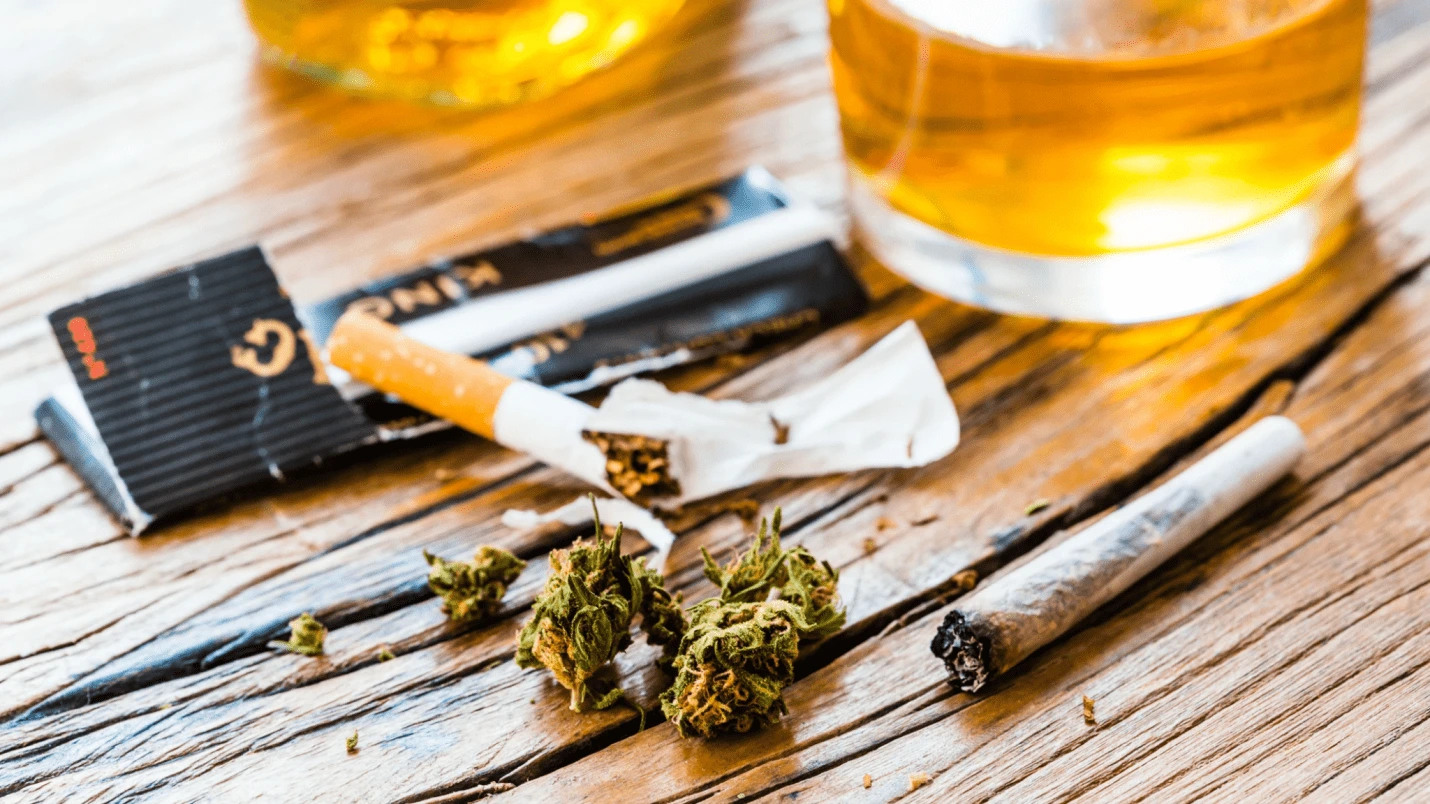
Marijuana and alcohol consumption refers to the use of both substances, either simultaneously or within proximity in time. This combined use, called “crossfading,” amplifies the effects of each substance, leading to heightened intoxication, increased health risks, and greater potential for substance-related harm.
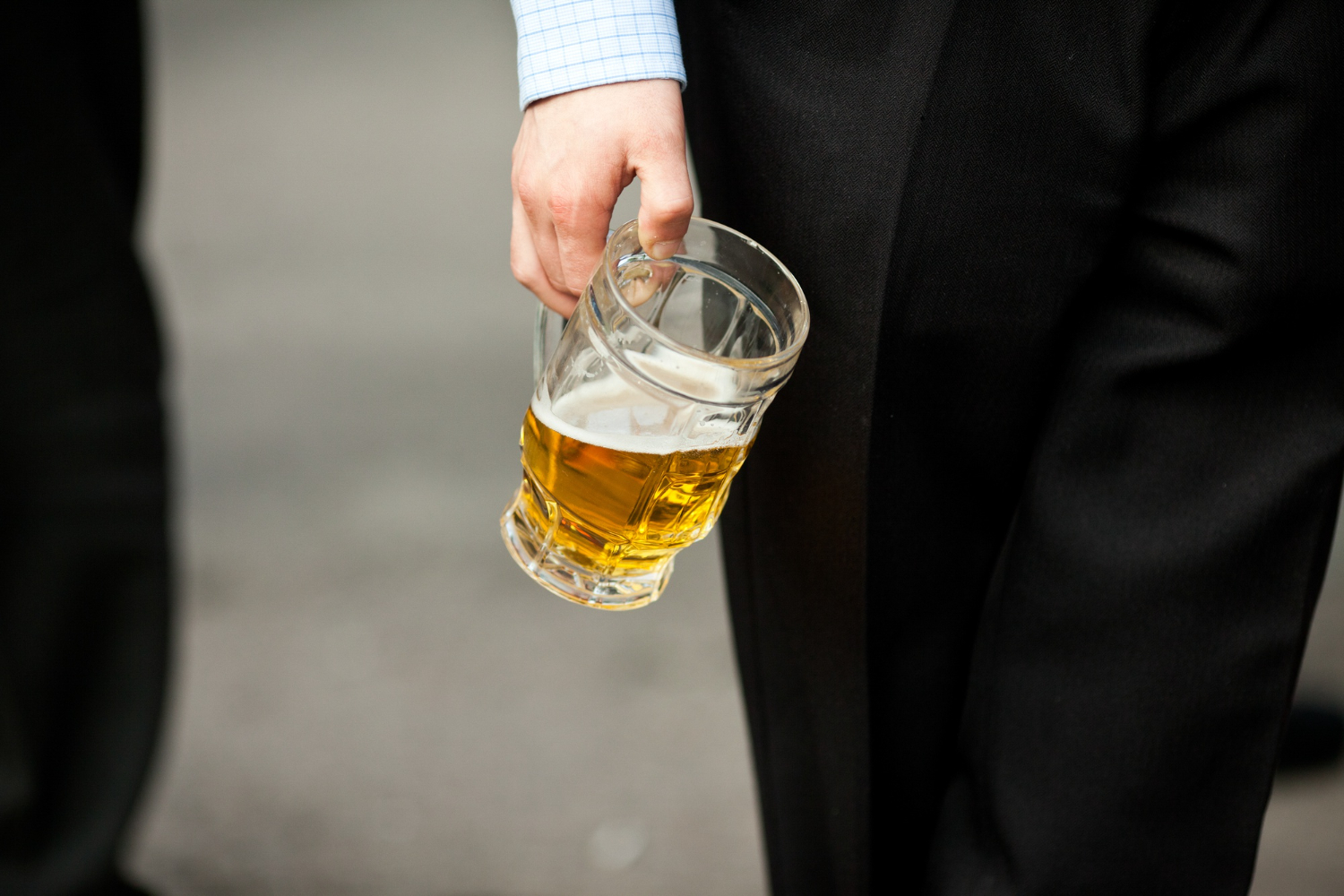
Alcohol damage refers to the harm that excessive alcohol use causes to different bodily systems and organs. It is well-known that alcohol consumption leads to liver damage, which manifests in various ways, such as fatty liver disease, alcoholic hepatitis, cirrhosis, and more serious illnesses.
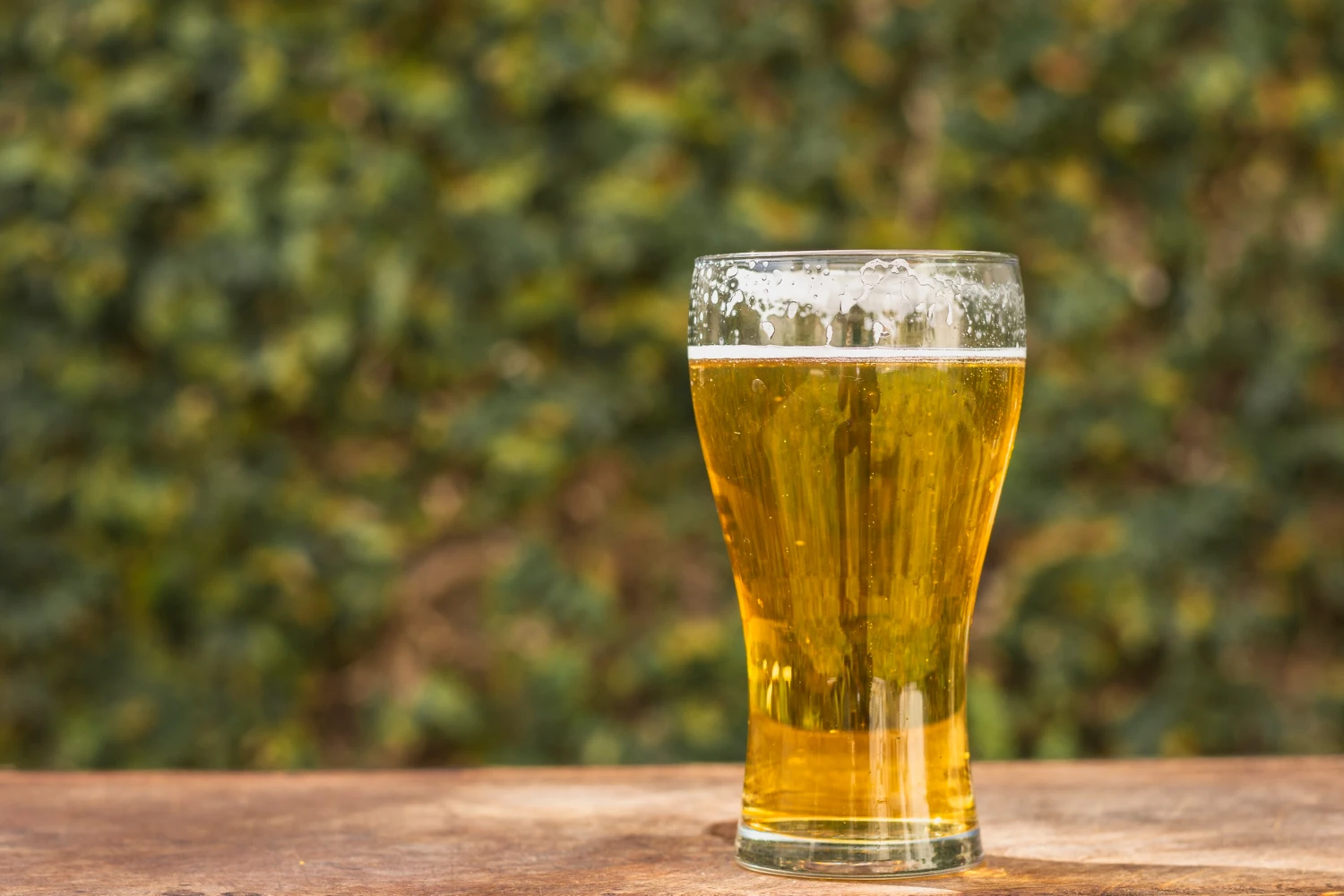
Excessive alcohol use reveals itself through escalating tolerance, hidden consumption, neglected responsibilities, emotional volatility, social withdrawal, and repeated failed efforts to cut back, all signs that tend to emerge quietly before becoming unmistakable.
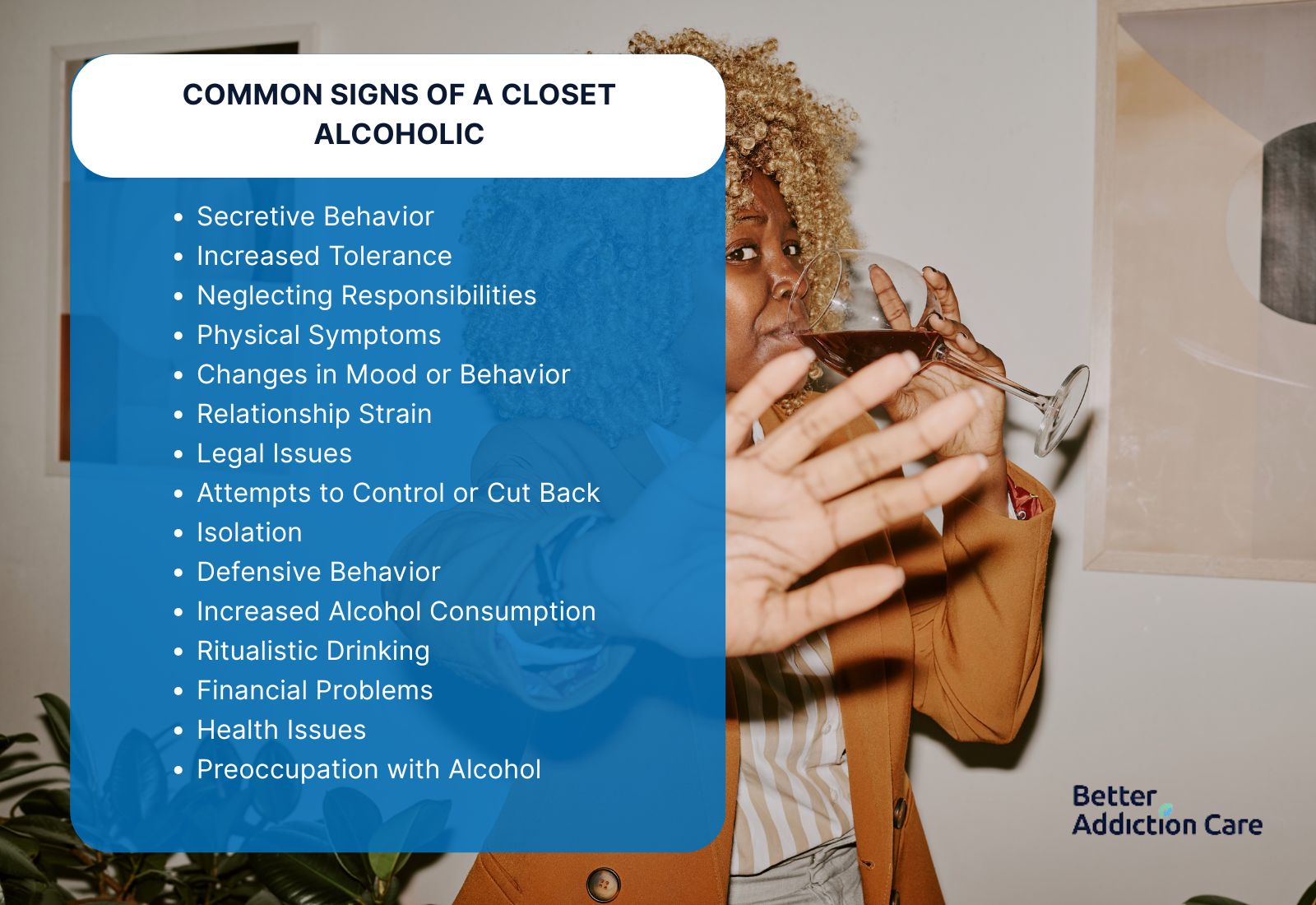
A closet alcoholic is someone who hides their alcohol consumption and addiction from others, often maintaining a façade of normalcy while secretly struggling with dependence You are a closet alcoholic if you hide your alcohol addiction from others, consume alcohol in secrecy, and make efforts to conceal your habits from your partner, friends, family, and coworkers.

Teen alcohol abuse continues to be a major health and public health issue in the US, affecting young people's development and health. Some studies have reported that one-third of high school students drink.

Inpatient alcohol treatment, also commonly called residential rehab for individuals who have alcohol addiction, is offered to provide focus and a day-to-day intensive environment for recovery from addiction.
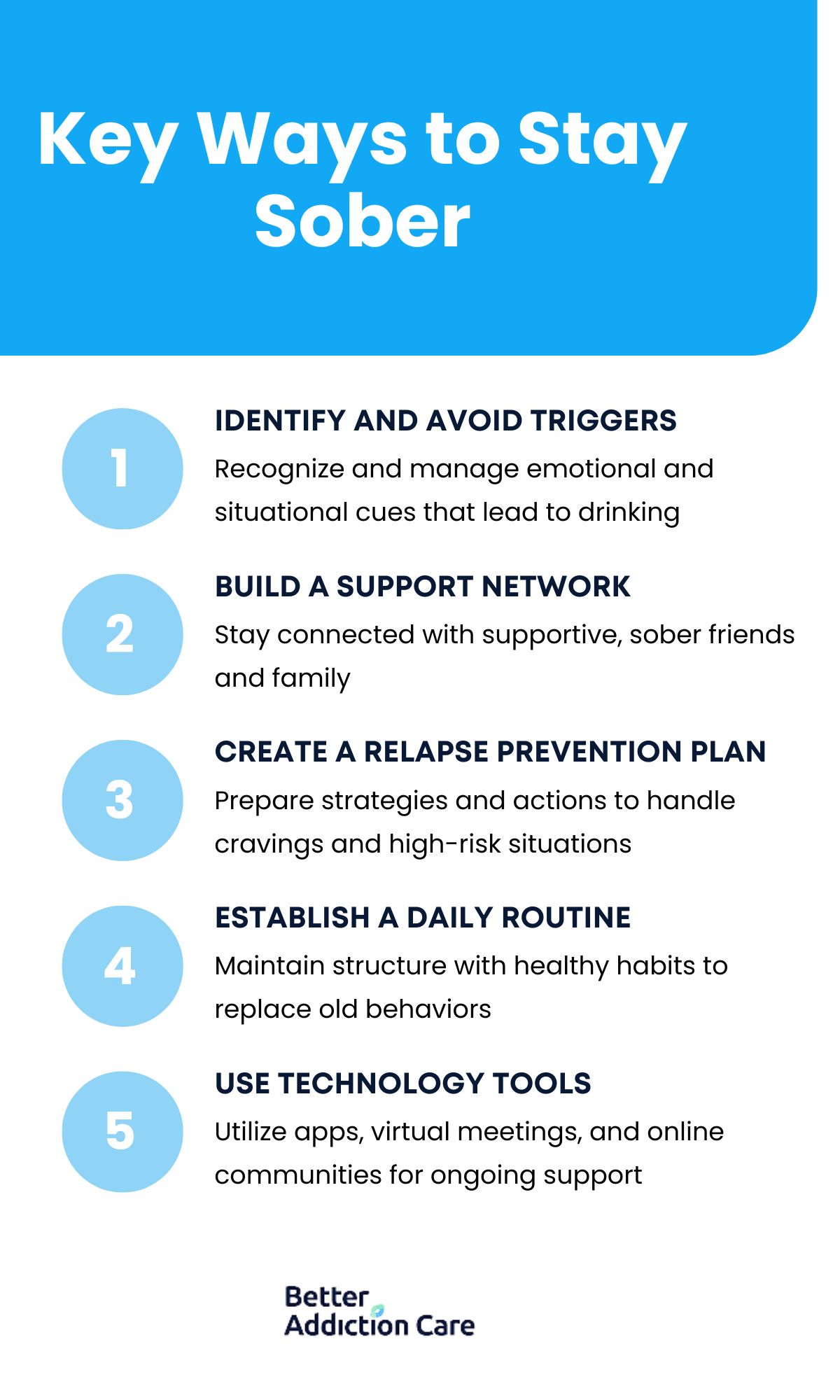
Getting sober after years of alcohol abuse is a transformative path where individuals must face chronic physiological damage, emotional instability, and social disconnection, and apply structured treatment, commitment, and resilience to rebuild their lives.

End-stage alcoholism is marked by severe organ damage (e. liver failure, brain degeneration), chronic dependence behaviors (e. compulsive drinking, acute withdrawal), and collapse in life functionality (e.

To overcome alcohol addiction, commit to change, seek professional help or support groups, and build healthier coping strategies and environments.Whether for a close friend or a close family member, we have all known a person who is addicted to alcohol.

With the CAGE questionnaire, you can quickly detect alcohol use issues by asking four short questions that highlight drinking habits and emotional responses linked to alcohol. These questions help health professionals decide if someone might need further evaluation or support.
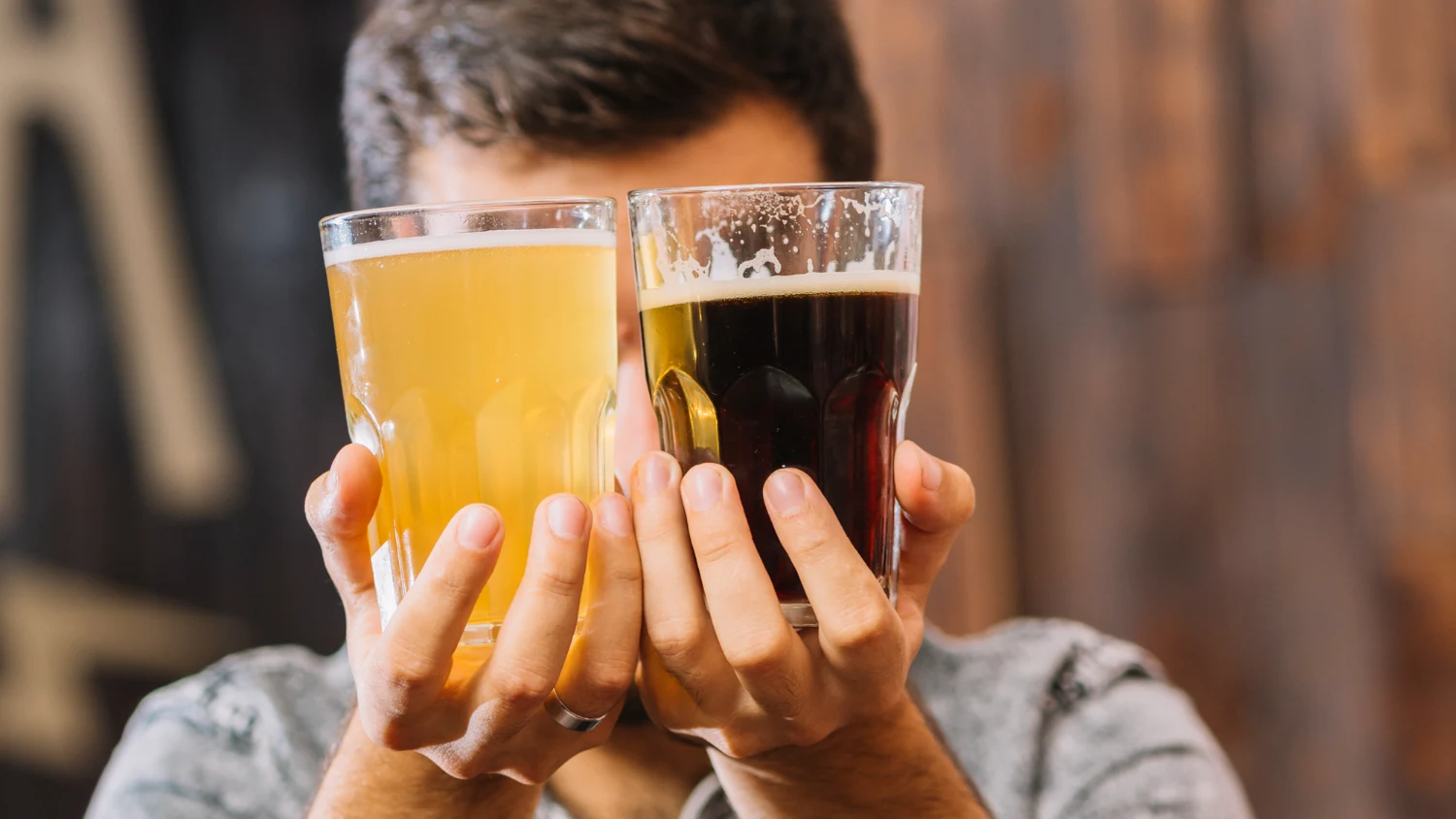
Alcohol street names originate in specific cultural and social situations and are part of a more extensive vocabulary linked with drinking culture. Young people in the United States, particularly teens and college students, frequently utilize alternative names to describe various sorts of alcoholic beverages.
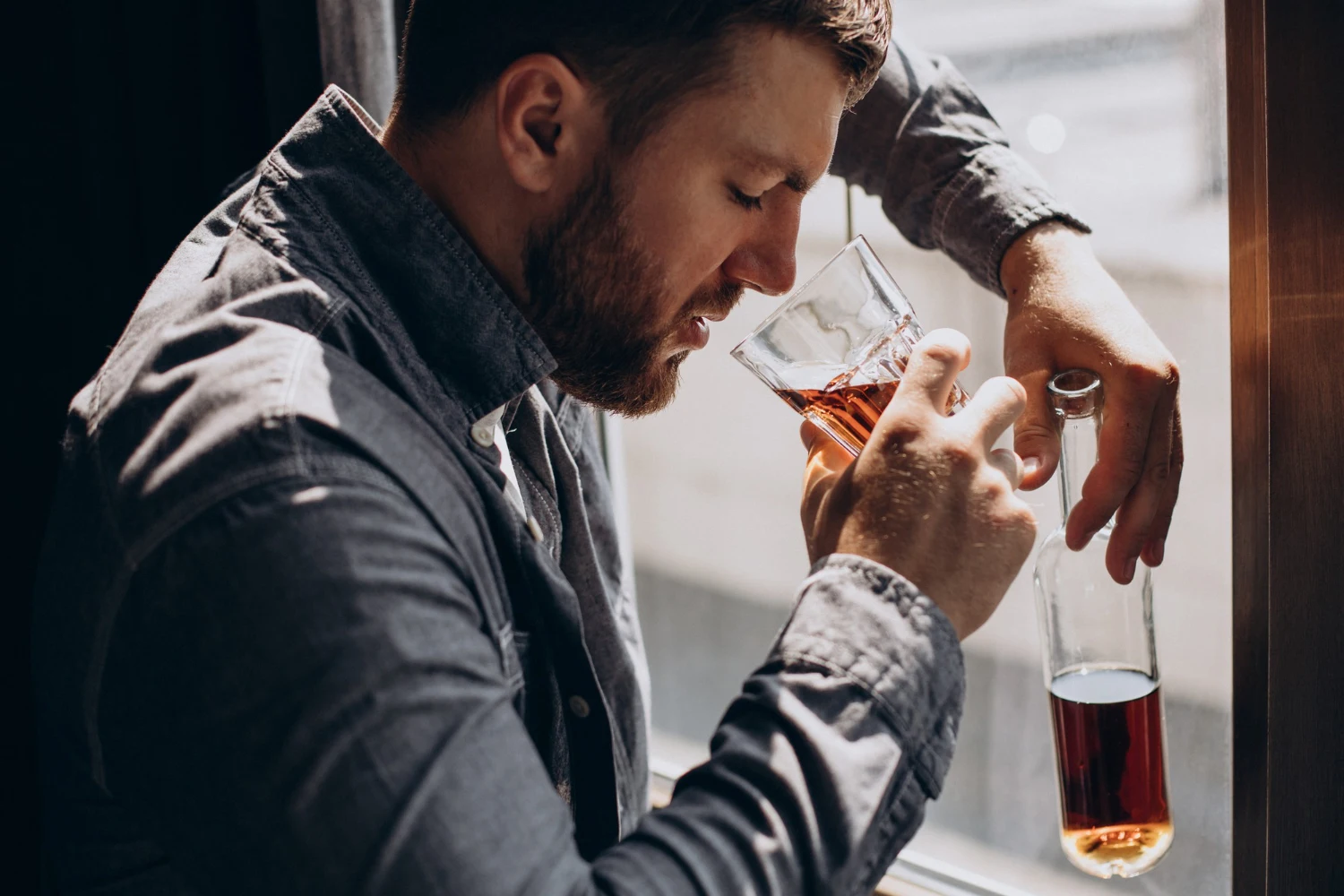
There are many silent signals that later become obvious depending on the degree of alcohol intoxication, so recognizing them should not be difficult.Appearance and movement patterns are key in determining whether a person has been drinking, as well as their odor and tone of voice.

Alcohol doesn't just enter the bloodstream, it infiltrates the mind. It nudges memory into haziness, blurs judgment like fog on a windshield, and dims impulse control like a flickering streetlight. It sways emotional stability, turning small irritations into volcanic eruptions or laughter into tears.
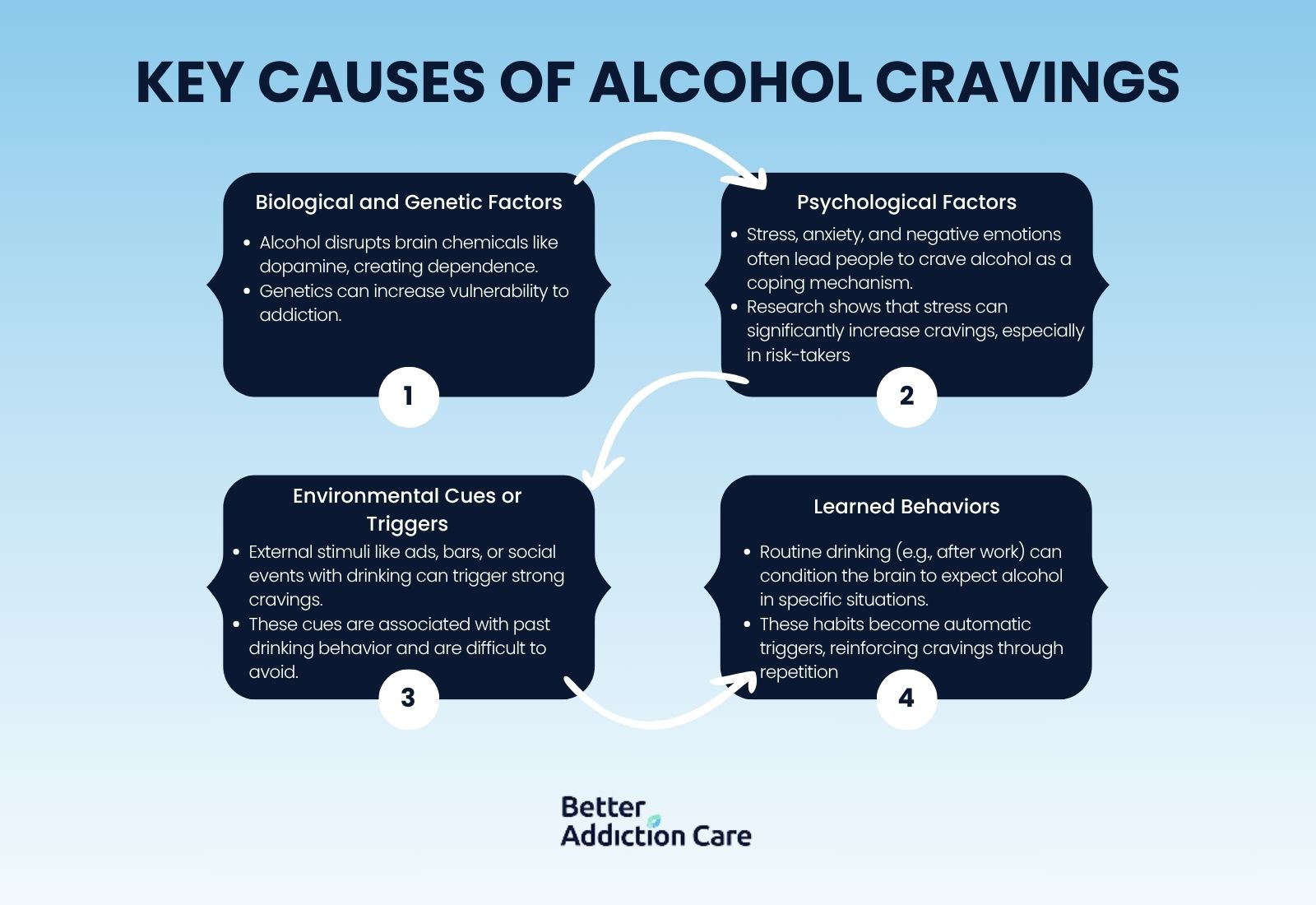

An AA sponsor is like a personal guide through the journey of sobriety. someone who’s walked the path and now walks beside you. They’re not a therapist, not a guru, and definitely not a life coach.
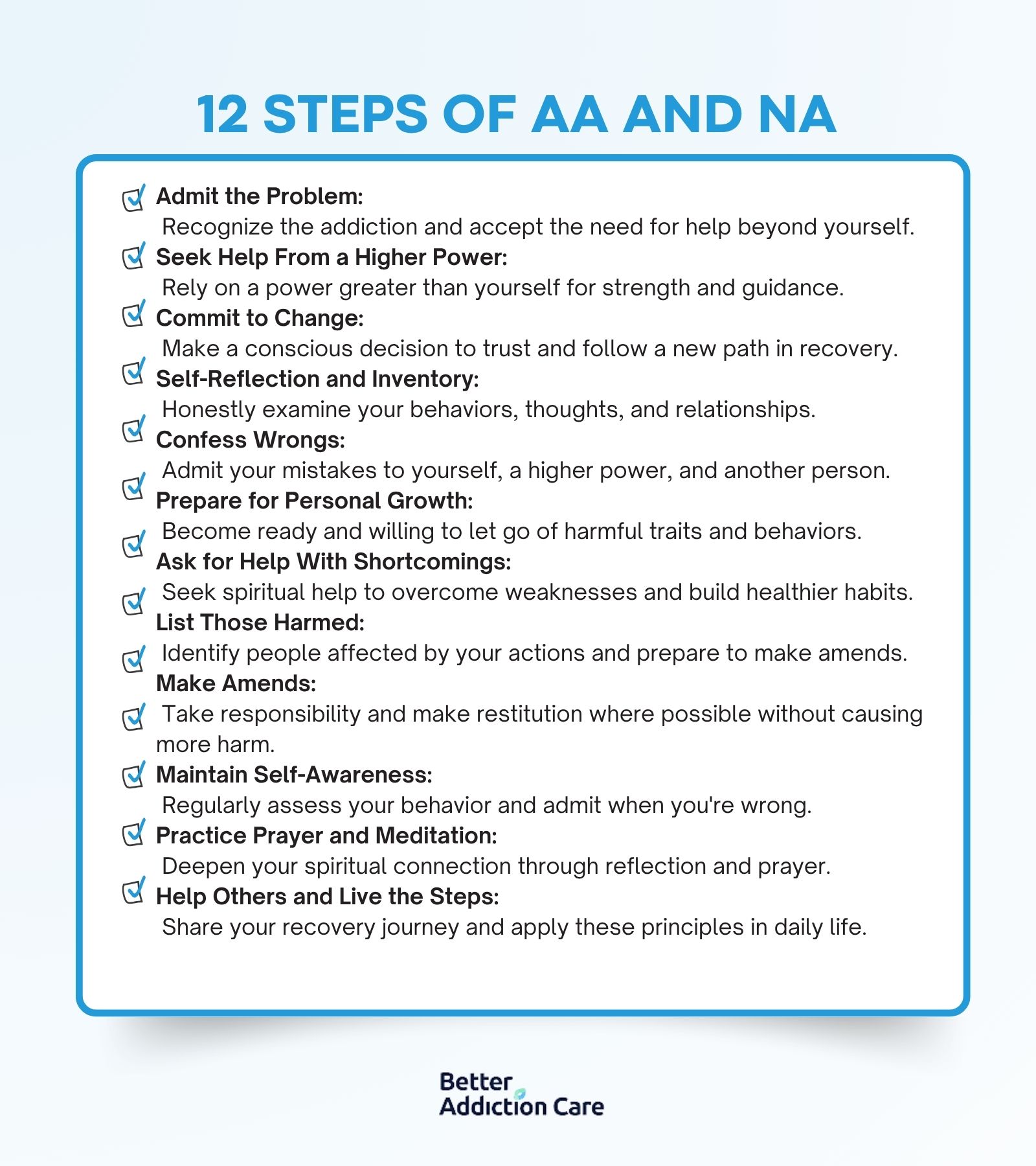
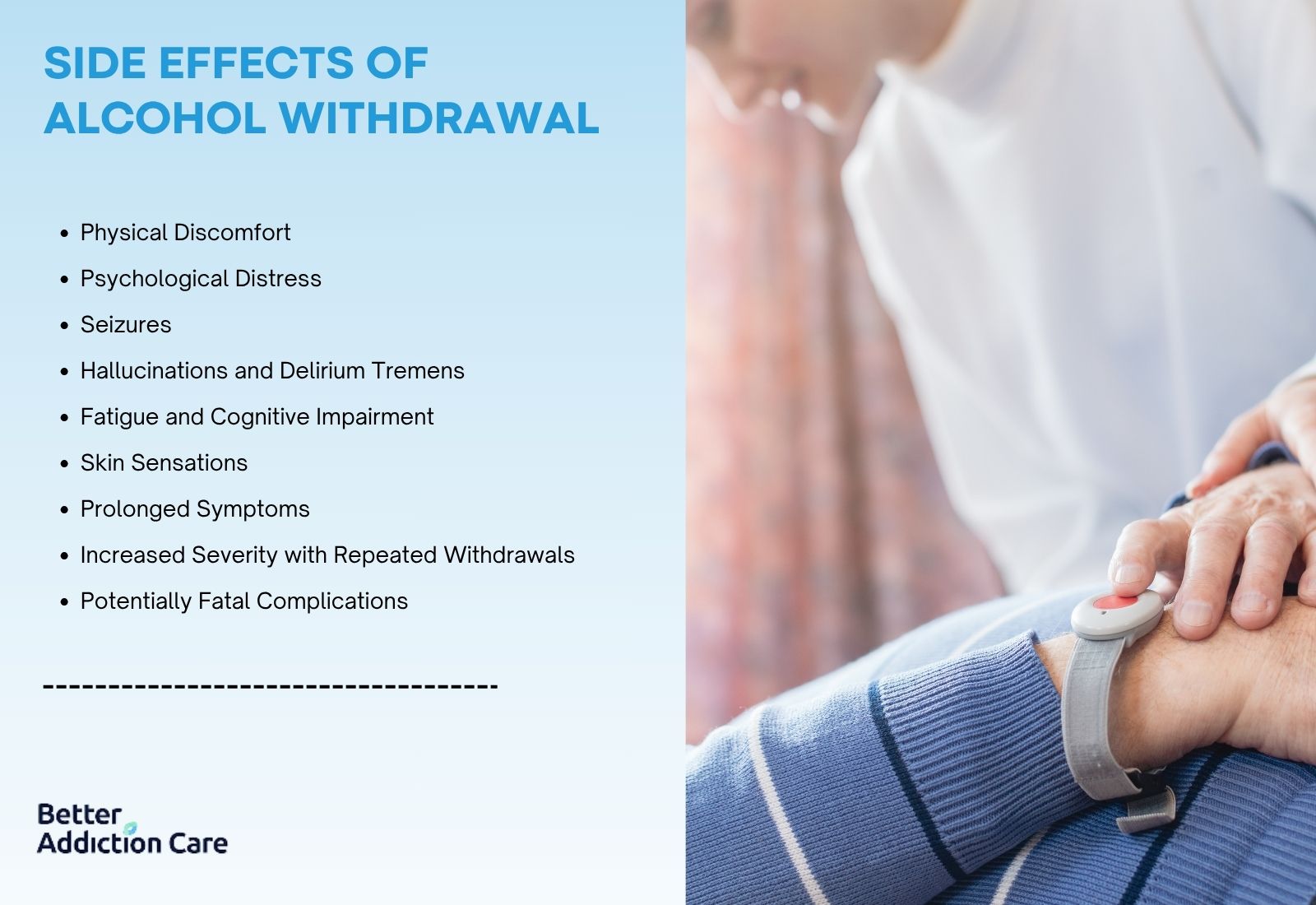
Side effects of alcohol withdrawal include tremors, nausea, headaches, sweating, mood swings, fatigue, and altered skin sensations. These symptoms affect your body and mind in serious ways, creating physical discomfort, emotional disturbances, and dangerous neurological complications.
